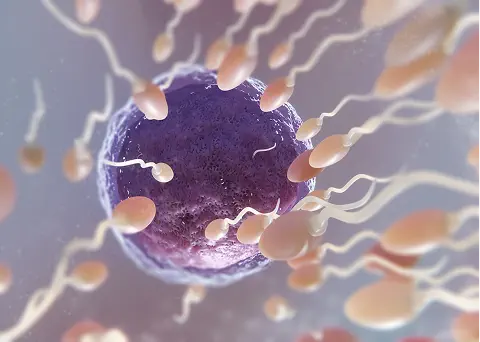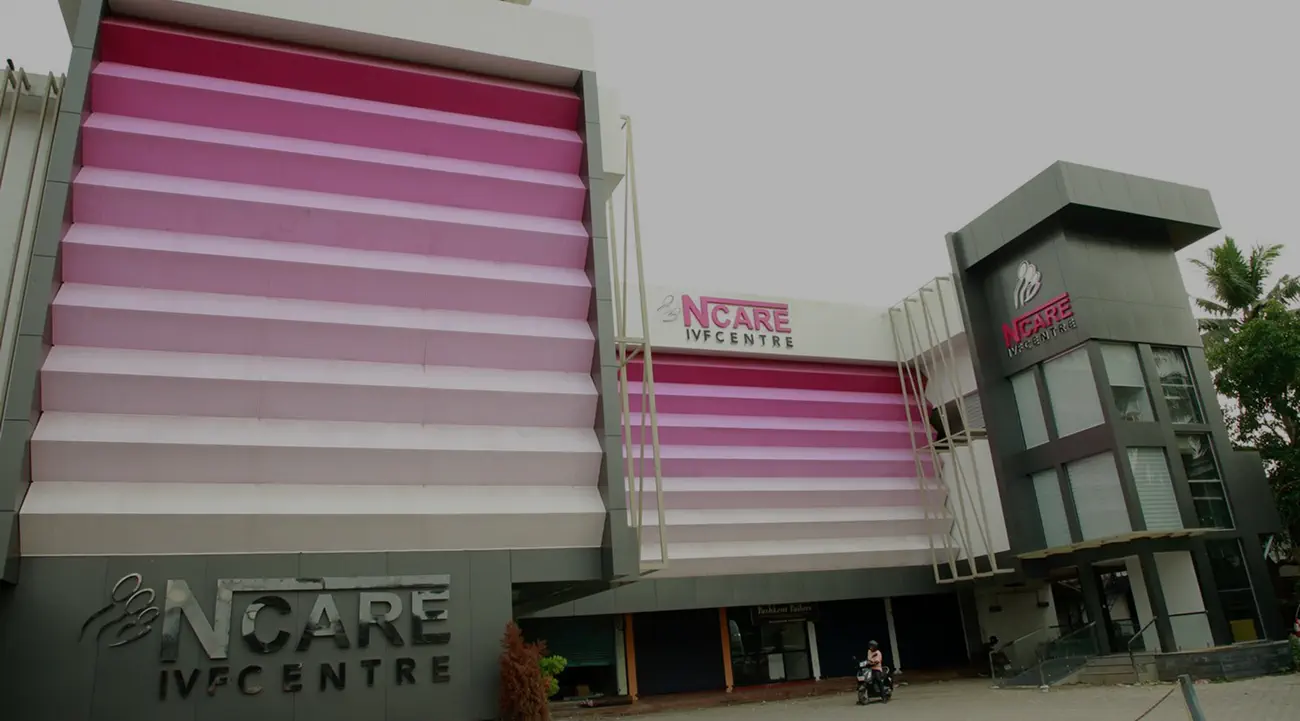Laser-Assisted Hatching (LAH)
What is Laser-Assisted Hatching?
Sometimes, an embryo’s outer shell (zona pellucida) can be too thick or hardened, reducing its ability to implant successfully. Laser-Assisted Hatching carefully creates a tiny opening using precision lasers, helping the embryo implant into the uterus.
Who Needs LAH?
- Women over 35
- Embryos with thick zona pellucida
- Cases of repeated implantation failure
Benefits of LAH
- Enhances implantation chances
- Minimally invasive and highly precise
- Conducted by expert embryologists under lab standards










